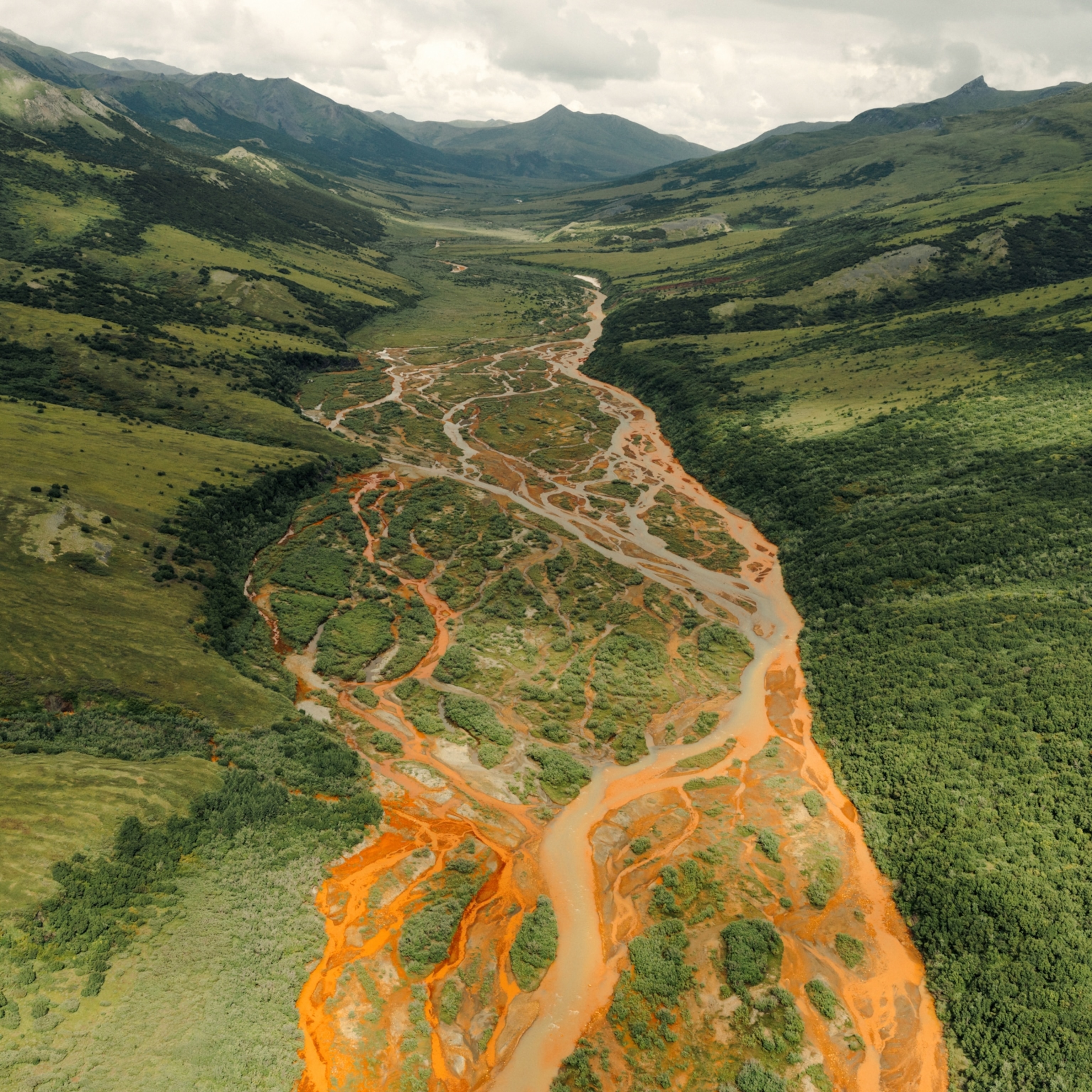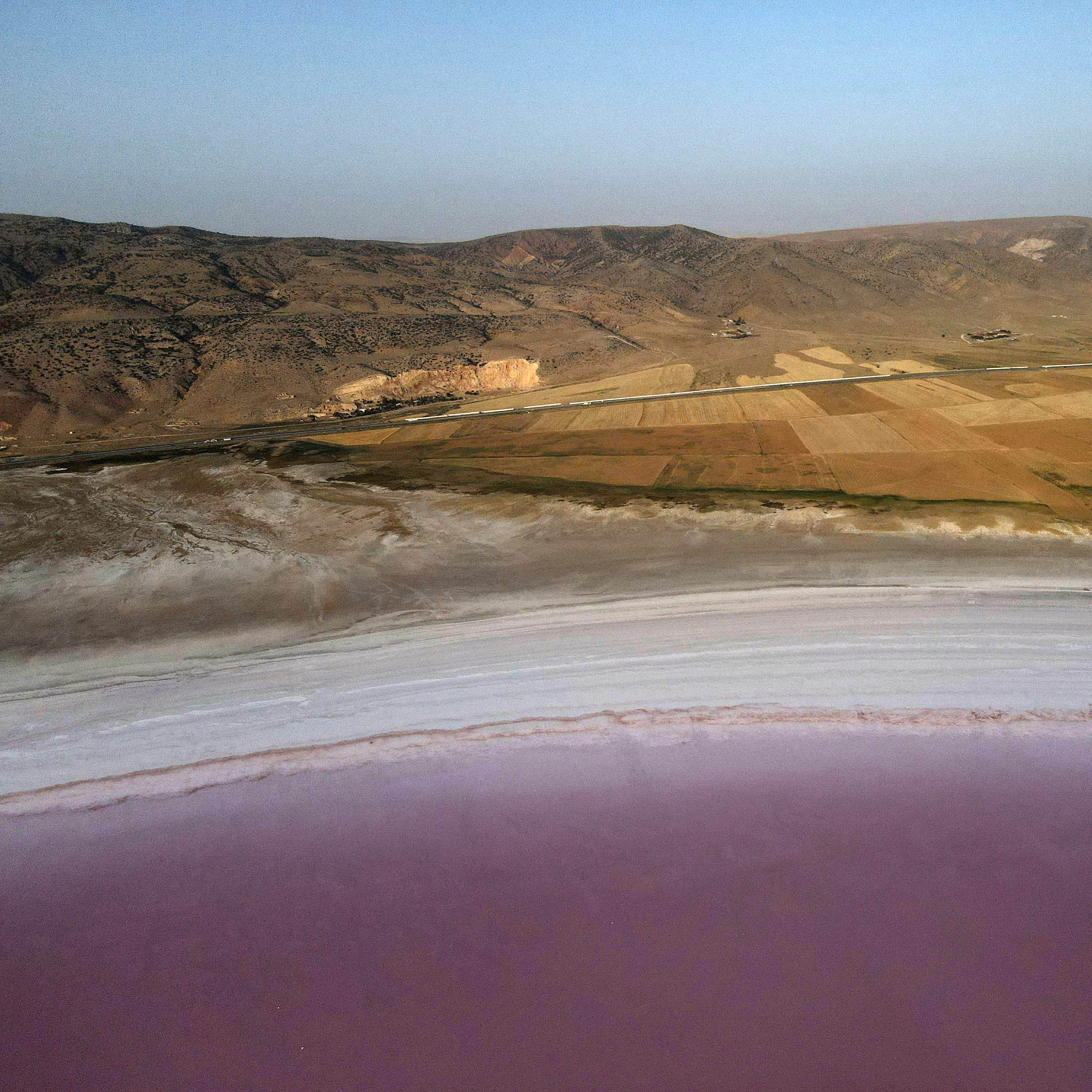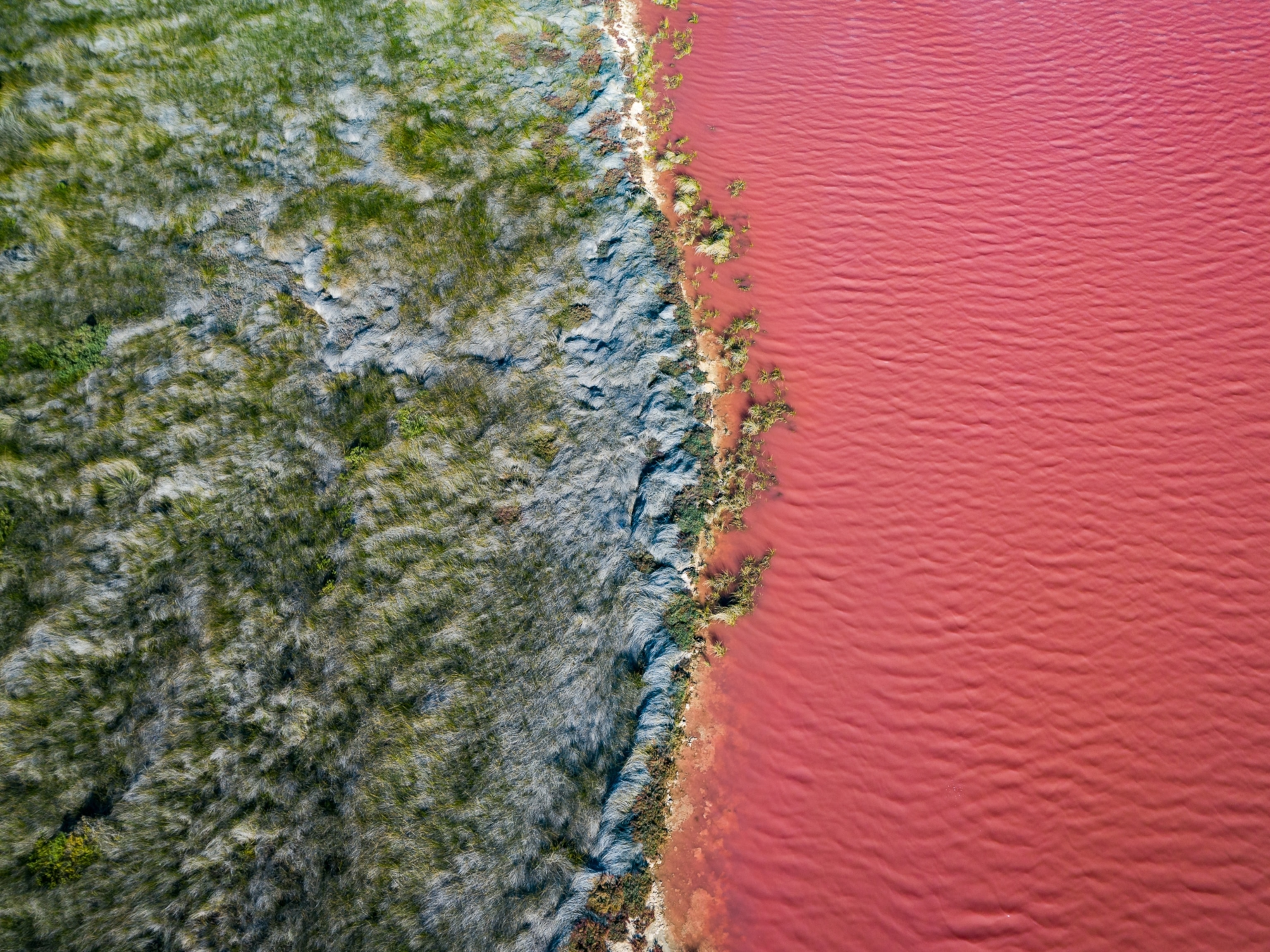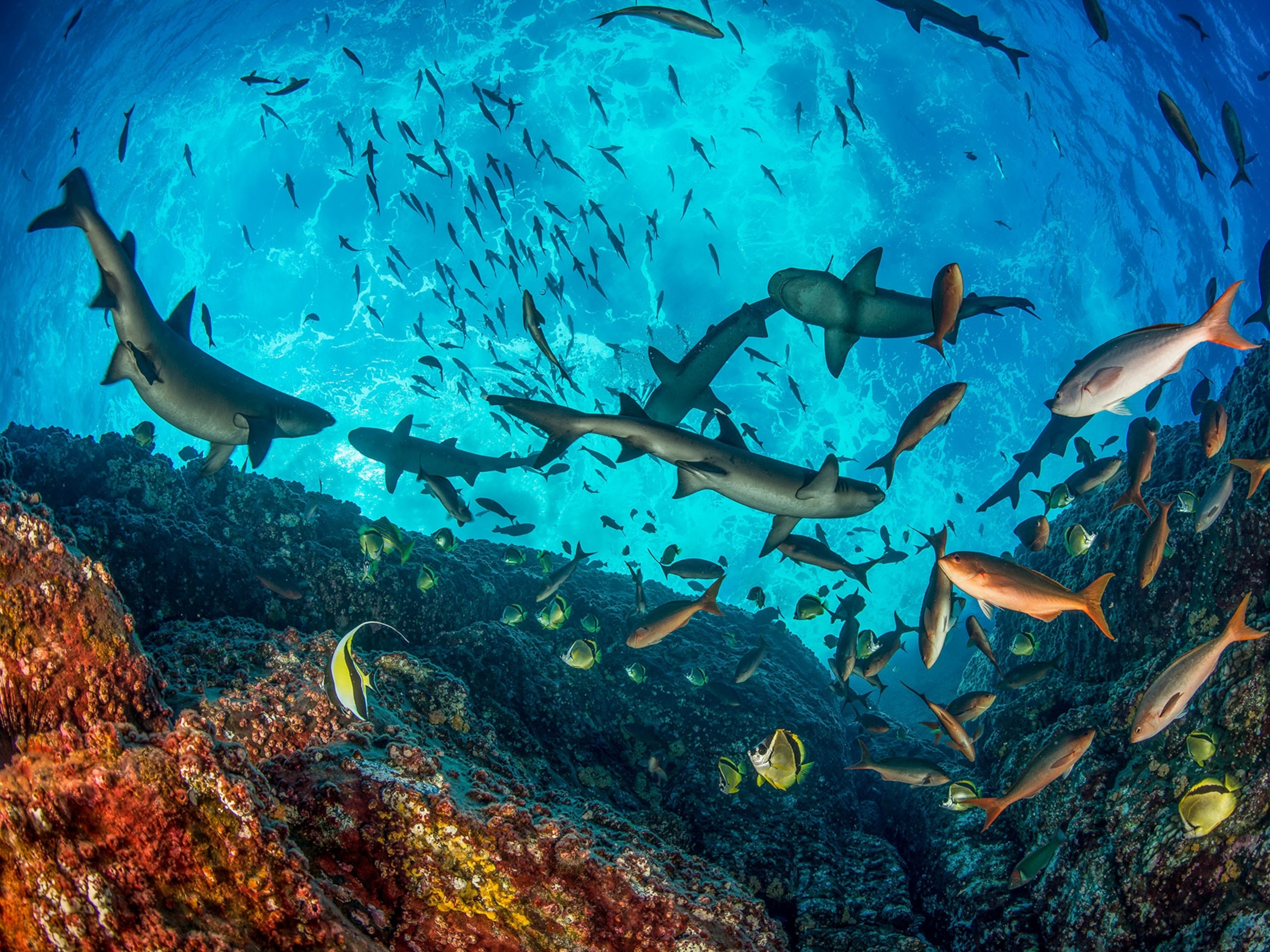The Floridan aquifer: Why one of our rainiest states is worried about water
Florida’s booming population is writing a water check its aquifers can’t cash; from lawn sprinklers to kitchen faucets, Florida needs to cut back and use less water.
Millions of years ago, in the ocean above what is now Florida, a small crustacean dies. It sinks to the seafloor where, in time, it is covered by the skeletons of other fish, shellfish, and coral until it forms part of a thousand-foot layer of limestone rock. Around 30 million years ago, sea levels fall, and Florida emerges from the ocean to form dry land. But Florida never really dries out, and water gradually erodes the porous limestone to form cracks, passages, and vast underground spaces that fill with rain. This is the Floridan aquifer, the natural freshwater reservoir that underpins life in the Sunshine State.
Florida’s famous springs are so large that they support entire river ecosystems, such as the Suwannee and Santa Fe, and the underlying aquifer feeding these springs provides most of the 100 to 150 gallons of water Florida residents use every day. Indoors, around 24 percent of a household’s water goes to toilets, 20 percent is used for showers, and nearly 19 percent for running faucets for everything from brushing teeth to rinsing plates. Half of all the water taken from the public supply ends up watering private lawns—some 900 million gallons a day. Of the seven billion gallons of freshwater used daily across Florida’s agriculture, industry, power plants, and public water sectors, most is taken from the Floridan aquifer.

Stretching beneath most of Florida the Floridan aquifer is the largest and deepest in the state, and reaches into parts of Georgia, Alabama, Mississippi, and South Carolina. It is an 82,000-square-mile reservoir that holds billions of gallons of freshwater—some of it perhaps 26,000 years old. Across the state, wells have been drilled to tap into this seemingly endless water supply. But serious challenges to the Floridan aquifer are forcing residents to realize their water supply may be limited. Over-extraction, sea level rise, and an increasing risk of saltwater intrusion are all straining the aquifer’s resources.
For thousands of years the Floridan aquifer has been capturing and storing rainwater in a complex hydrological system. Florida is the fifth rainiest state in the U.S., and, on average, receives 51 inches of rain a year. About 70 percent of all rainfall returns to the atmosphere through evaporation or transpiration by plants, but Florida’s loose sandy soils and porous limestone bedrock allow around 13 inches of the rain that reaches the ground to soak into the earth. This recharges the Floridan aquifer and keeps the water flowing from the state’s springs.
Every decade has seen at least one severe and widespread drought. And the Floridan aquifer has always been able to recover, but the freshwater flowing into some springs has dropped significantly. A 2018 study revealed a 32 percent reduction in average spring flows between 1950 and 2010; divers now walk through caves that they previously had to swim through. The aquifer is in trouble, and projections are that Florida’s freshwater basins may get even drier.
At the heart of the problem is over-extraction: there are simply too many people taking too much water from the aquifer. In the 1900s developers began to capitalize on Florida’s natural beauty and warm climate, draining wetlands to build homes and fueling development that turned Florida into one of the fastest growing states: an estimated 900 people a day move here, adding another 300,000 people a year making more demands on an already stressed water supply. And most of that water is drawn from the Floridan aquifer, dangerously depleting its water levels.
When an aquifer’s water levels drop, the pressure that keeps water flowing through it also drops and the system breaks down. In Florida, the health of the aquifer is visible in its springs: with insufficient water to create high pressure, the flows stop, algae forms, and the springs’ clear waters become stagnant and brackish, and may even ultimately run dry. Research shows that a 10- to 20-foot drop in water levels can stop a spring flowing; some urbanized areas of Florida have recorded 90-foot drops. Silver Springs, one of the Floridan aquifer’s largest springs, has seen its prodigious output fall from 500 million gallons to around 200 million gallons per day—an alarming 60 percent decline.
Such a depletion of the aquifer’s water levels brings the danger of saltwater intrusion. Beneath the Floridan aquifer is an ancient saltwater sea pushing upward, but held in check by the freshwater above it. Over-extraction and diminishing recharge are weakening the freshwater lens and allowing saltwater to rise and seep into the aquifer at levels that make its water undrinkable. Rising sea levels driven by climate change are speeding up this process around Florida’s extensive coastline. If freshwater levels in the Floridan aquifer continue to fall, the main source of usable water in Florida could be contaminated―and the consequences would be devastating.
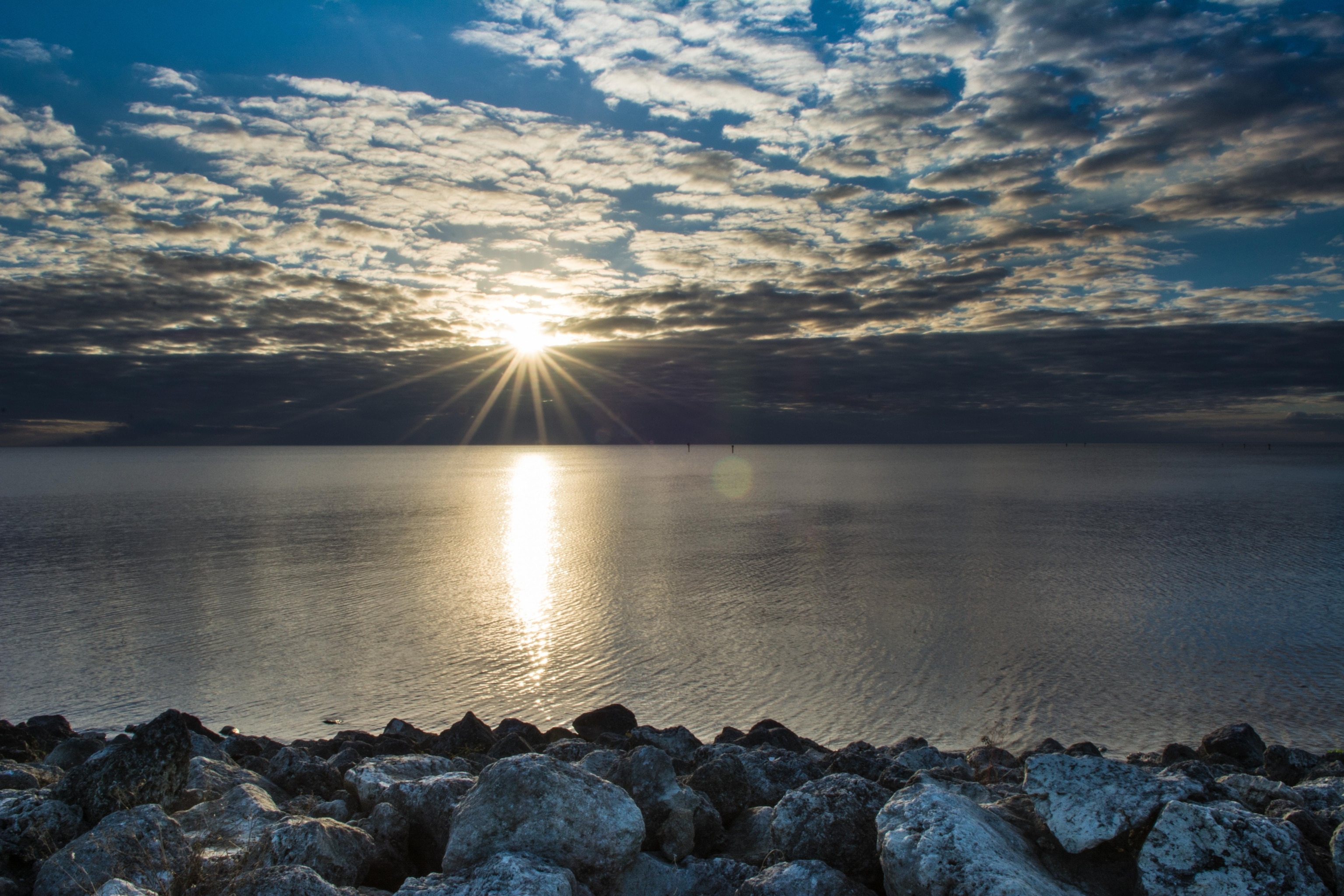
But saltwater intrusion can be reversed and there is still time to save the Floridan aquifer. In 2017 the Department of Environmental Protection proposed 747 projects to conserve water around the state. Efforts are being made to restore wetlands, including the Everglades, make development and construction more sustainable, and create more reservoirs. There are also calls for reform to curb the agricultural sector’s daily water consumption of 1.5 billion gallons. In some locations, desalination plants turn brackish and saltwater into freshwater, but costs are twice as expensive. With household water use one of the fastest growing drains on the Floridan aquifer, this is a problem that everyone can help solve. Florida residents are being encouraged to irrigate or water lawns less, take shorter showers, minimize toilet flushing, and turn off faucets whenever possible. This includes making the most of water-efficient washing machines and dishwashers and not pre-rinsing dishes, which wastes as much as 20 gallons of water per load. A dishwasher and detergent can do the work in a closed cycle that uses only five gallons of water. If everyone altered a few of their water-wasting habits, it could make a big difference to the health of the Floridan aquifer, and help in maintaining levels of freshwater there that will reduce the risk of saltwater intrusion.
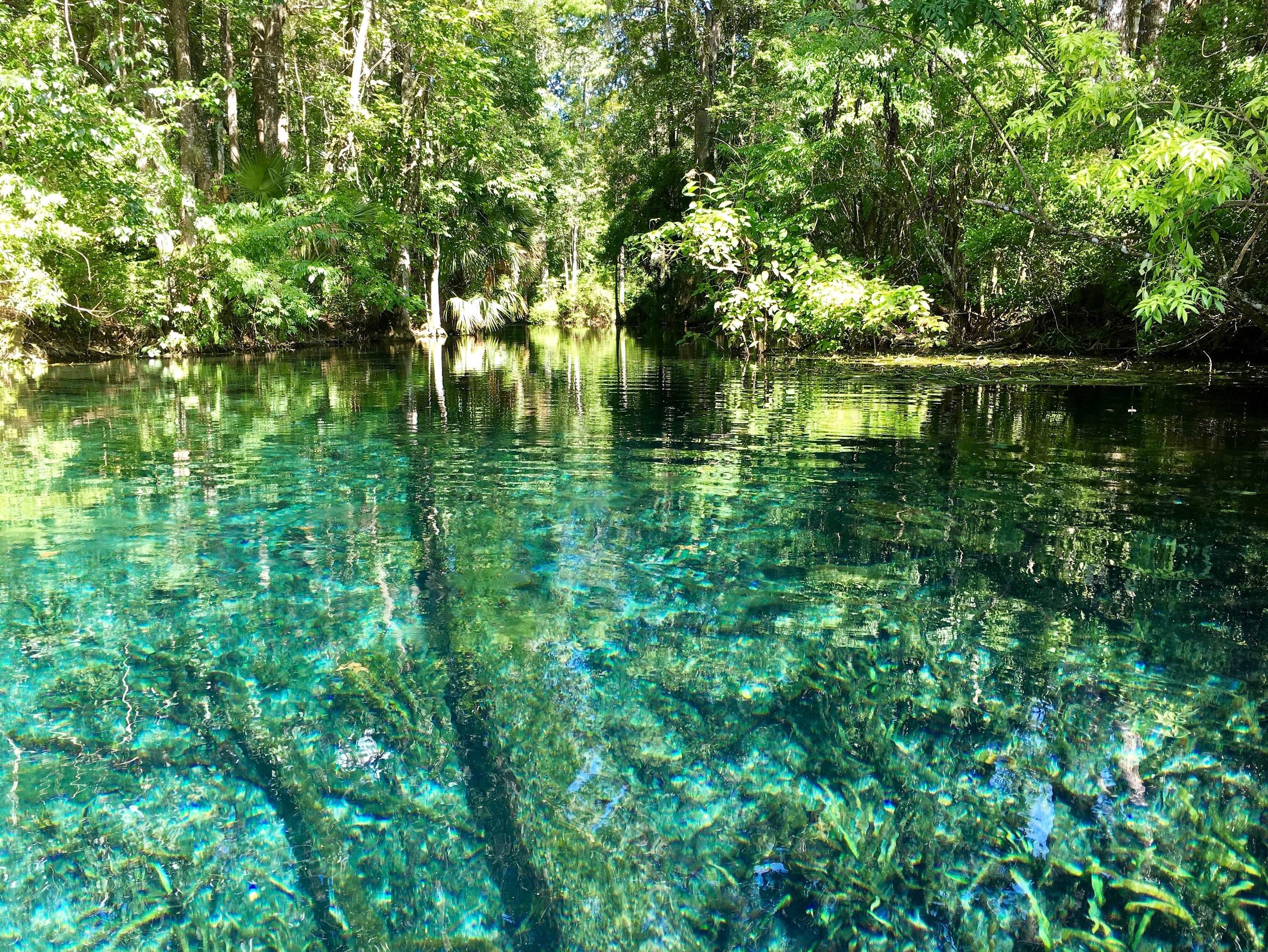
But the water crisis is not restricted to Florida alone—or even California, Texas, and Arizona. It is part of a wider national water crisis across that United States. A government-backed study predicts serious water shortages in nearly half of America’s water basins in around 50 years—sooner in some places. As the nation’s population grows and climate change brings a hotter and drier normal to many parts of the country, people are starting to recognize that it’s time to turn off the free-running faucet and build a more sustainable relationship with the water we need to survive.

